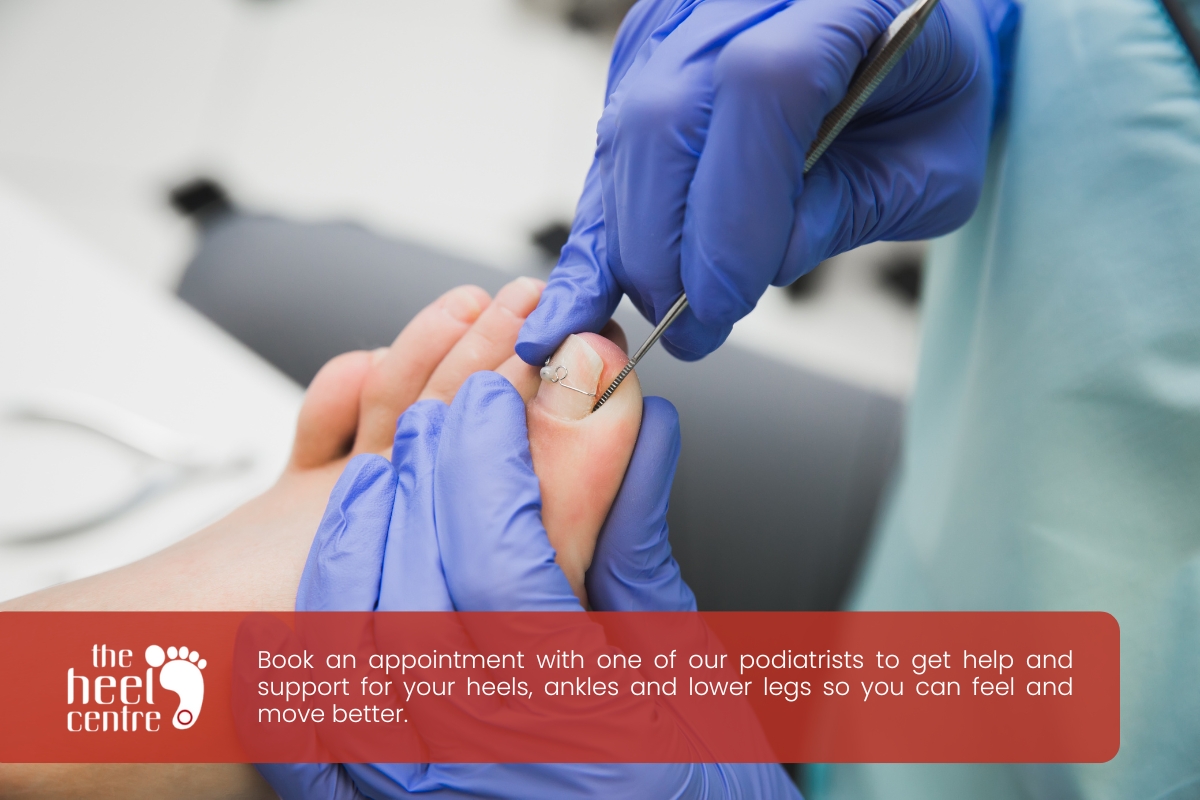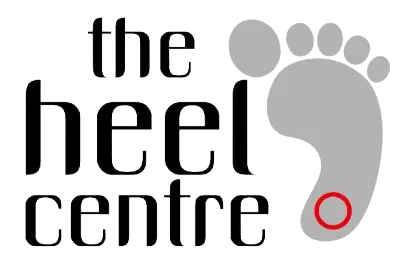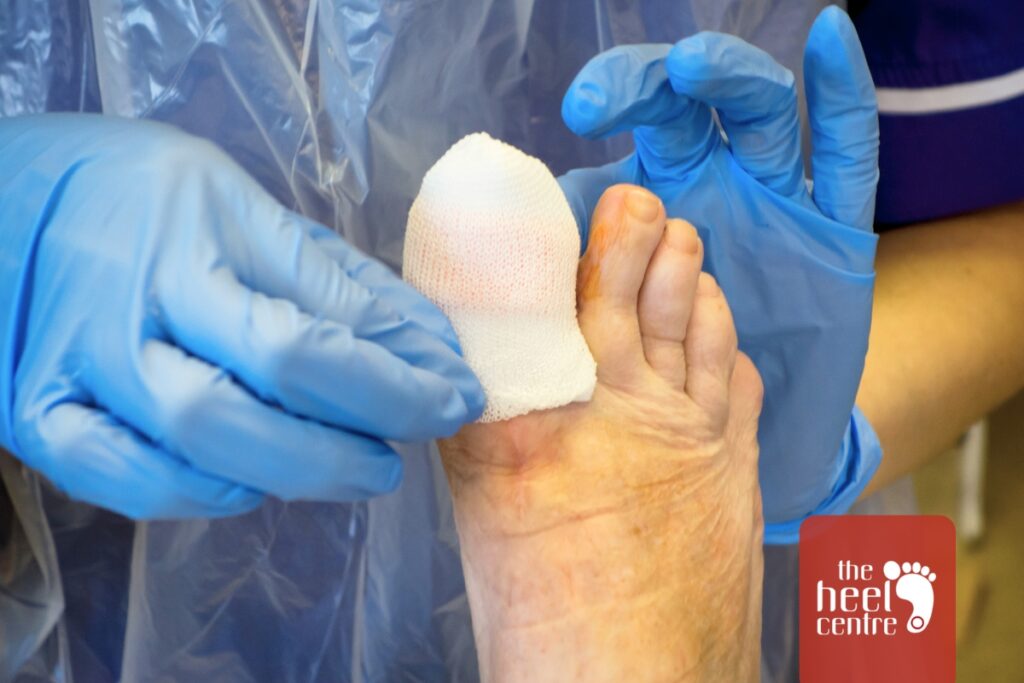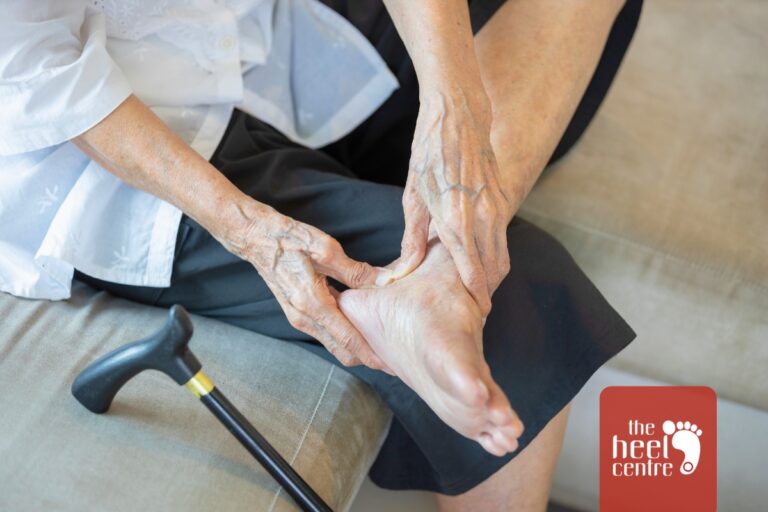It starts with a little redness, a bit of swelling, maybe some tenderness when you slip on your shoes. At first, you might shrug it off. But soon, that small irritation becomes a sharp, throbbing pain that won’t let up — all thanks to an ingrown toenail.
Whether it’s caused by tight footwear, improper nail trimming, or just unlucky genetics, an ingrown toenail can go from mildly uncomfortable to downright debilitating faster than you’d expect.
The good news? Most cases can be managed — and even prevented — with simple at-home care and a few smart habits.
Still, there are times when ignoring the signs can lead to serious complications, especially for those with diabetes or circulation issues. Knowing the difference between a minor nuisance and a medical concern can save you a lot of pain — and possibly a trip to the emergency room.
What is an ingrown toenail?
An ingrown toenail, medically known as onychocryptosis, is a common and often painful condition where the edge or corner of a toenail grows into the soft flesh of the toe. This typically affects the big toe but can happen on any toe.
Common symptoms of an an ingrown toenail
- Pain and tenderness: The area becomes sensitive to the touch.
- Inflamed skin: The skin around the nail turns red and swollen.
- Swelling: The toe may appear puffy and larger than usual.
- Infection: In some cases, bacteria can enter the skin, leading to pus, drainage, and a foul odour.
Common causes of ingrown toenails
- Improper nail trimming: Cutting toenails too short or rounding the corners instead of trimming them straight across.
- Wearing ill-fitting shoes: Tight shoes, especially those that are too narrow or short, can put pressure on the toes and force the nail to grow into the skin.
- Trauma: Injuries to the toe, such as stubbing it or having something fall on it, can cause the nail to grow irregularly.
- Heredity: Some people are born with a natural tendency for their toenails to be curved or too large for their toes.
- Nail conditions: Fungal infections can cause the nail to thicken and curve, increasing the risk of it becoming ingrown.
Prevention for ingrown toenails
- Trim your nails correctly: The most common cause of ingrown toenails is improper trimming. Always cut your toenails straight across and avoid rounding the corners. Don’t cut them too short; the edge of the nail should be level with the tip of your toe.
- Wear properly fitting shoes: Tight or narrow shoes, especially those with pointed toes, can squeeze your toes and force the nail to grow into the skin. Choose footwear with a wide toe box that allows your toes to move freely.
- Protect your feet: If you play sports or have a job where your feet are at risk of injury, wear appropriate protective footwear. Trauma to the toe can lead to ingrown toenails.
- Practise good foot hygiene: Keep your feet clean and dry to prevent infections. Wash your feet daily and dry them thoroughly.
Home remedies for ingrown toenails
- Soak your foot: Soak your foot in warm water for 15-20 minutes, three to four times a day. You can add Epsom salt or a mild soap to the water to help reduce swelling and discomfort.
- Gently lift the nail: After soaking your foot, gently lift the edge of the ingrown nail and place a small piece of clean cotton or waxed dental floss underneath it. This will help the nail grow over the skin instead of into it. Change the cotton daily.
- Apply ointment and bandage: Apply an antibiotic or antiseptic ointment to the area to help prevent infection. Then, loosely bandage the toe to protect it.
- Choose comfortable footwear: While the ingrown toenail is healing, wear open-toed shoes or sandals to reduce pressure on the affected area.
Important suggestion
Do not try to cut out or dig at the ingrown nail yourself, as this can worsen the condition and increase the risk of infection.
When to seek professional help for an ingrown toenail
- Signs of infection: Your toe shows signs of infection, such as intense pain, increased redness, swelling, warmth, or pus draining from the area.
- No improvement: Your condition does not improve after a few days of home care.
- Underlying health conditions: You have diabetes, poor circulation, or nerve damage in your feet. These conditions can make foot problems more serious and increase the risk of complications.
- Recurrence: You have ingrown toenails that keep coming back.

Final thoughts
Consult a podiatrist first for an ingrown toenail—we specialise in foot and nail care and offer precise, sterile treatment. We can diagnose the issue, prescribe antibiotics if infected, remove the ingrown nail safely, and in recurring cases, perform a procedure to prevent it from growing back incorrectly.
Book an appointment with one of our podiatrists to get help and support for your heels, ankles and lower legs so you can feel and move better.
Author
-
 Founder, Lead Podiatrist
Founder, Lead PodiatristAdam Steinhardt is a leading podiatrist who is passionate about treating heel pain and foot and ankle injuries. With years of experience working with local sports teams, elite athletes, and the general public, Adam understands the demands that an active lifestyle can place on your feet.
View all posts





